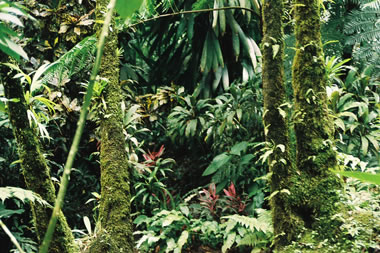Rainforest vegetation on the Caribbean island of Dominica
Click on image for full size
NBII Digital Image Library - Randolph Femmer, photographer
Tropical Rainforests
Tropical rainforests are home to thousands of species of animals, plants, fungi and microbes. Scientists suspect that there are many species living in rainforests have not yet been found or described.
There are areas of rainforests where plants are densely packed. Areas where sunlight can reach the surface are full of interesting plants. In other areas a canopy, made from the branches and leaves of tall trees, shades the ground below, preventing smaller plants from growing.
Rainforests get their name because they receive a lot of rain - an average of 80 inches (203 cm) a year! Rainforests are found at and near the equator, where it is always warm and muggy. The temperature doesn't change very much during the year.
The famous Amazon jungle is located in Brazil, in South America. This particular forest is called the Neotropics. Other large blocks are located in Central and West Africa.
Learn more about the animals that live in tropical rainforests by exploring the links below.
Last modified October 24, 2008 by Lisa Gardiner.
You might also be interested in:
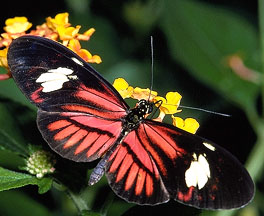
The title of this page is a little deceiving. We will also talk about arachnids, centipedes and other "tiny creatures" of the rain forest. So, let's get started! The most feared and well known spider in
...more
The birds of the rain forest are the most beautiful in the world. A wide range of colors can be seen darting through the trees as the forest tops come to life. Many species of tropical birds are kept
...more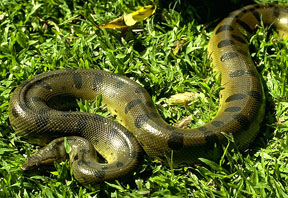
The tropical rain forests of the world are full of reptiles. Reptiles are cold blooded, which means their body temperature depends on their environment. So, it is important for them to stay in warm climates.
...more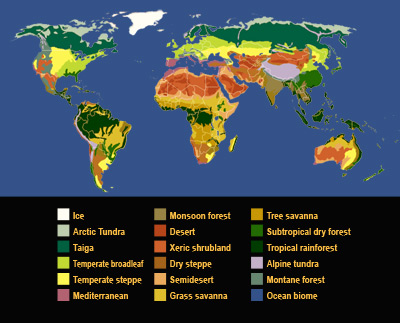
Biomes are large regions of the world with similar plants, animals, and other living things that are adapted to the climate and other conditions. Explore the links below to learn more about some of the
...more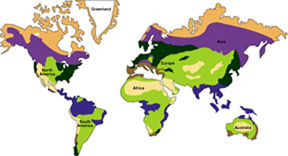
Latitude determines the amount of sunlight received. The amount of sunlight and the amount of moisture received determines the ecosystem or biome. Listed below are the types of ecosystems that exist in
...more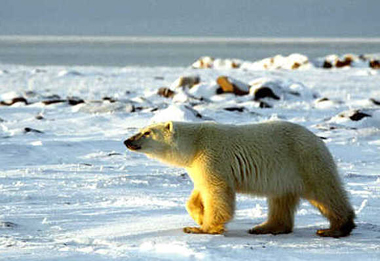
A new report from the Intergovernmental Panel on Climate Change (IPCC) highlights how natural environments and human communities are coping with changing climate, how vulnerable they are, and whether they
...more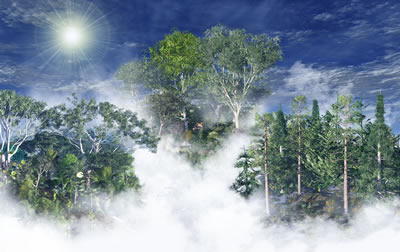
There are roughly 42 million square kilometers of forest on Earth, a swath that covers almost a third of the land surface, and those wooded environments play a key role in both mitigating and enhancing
...more


